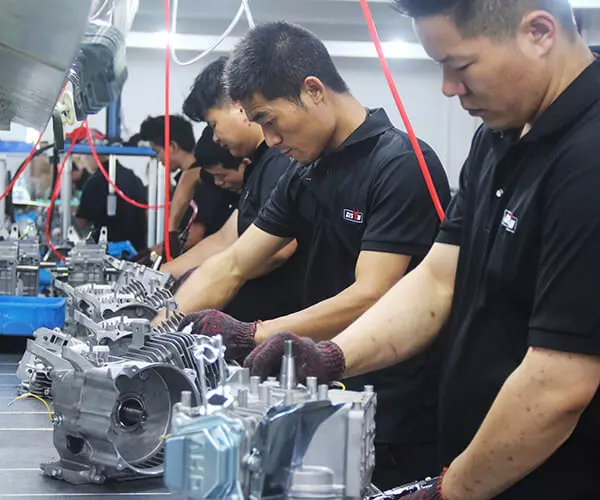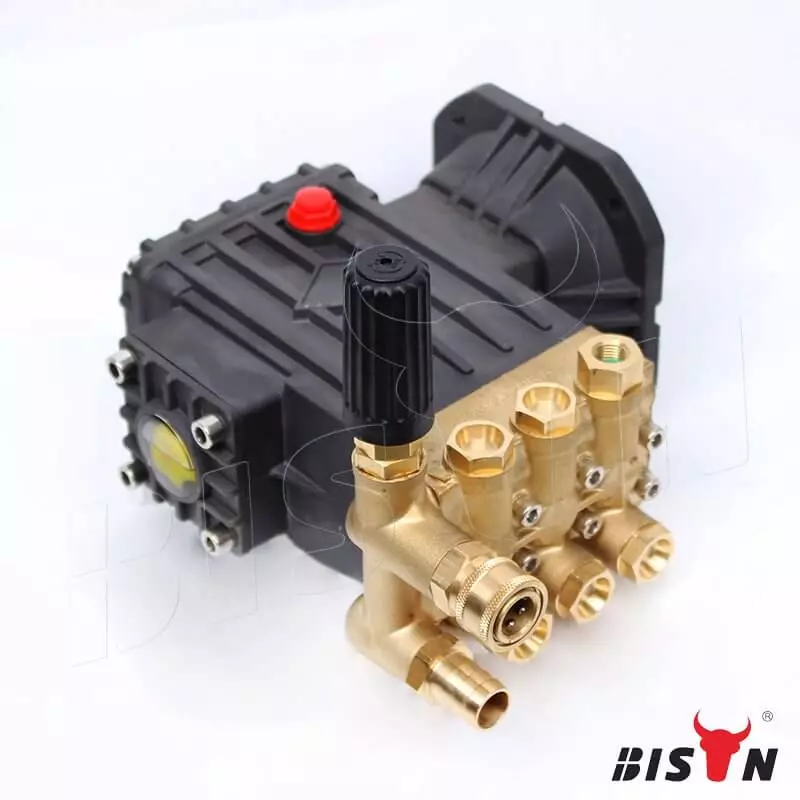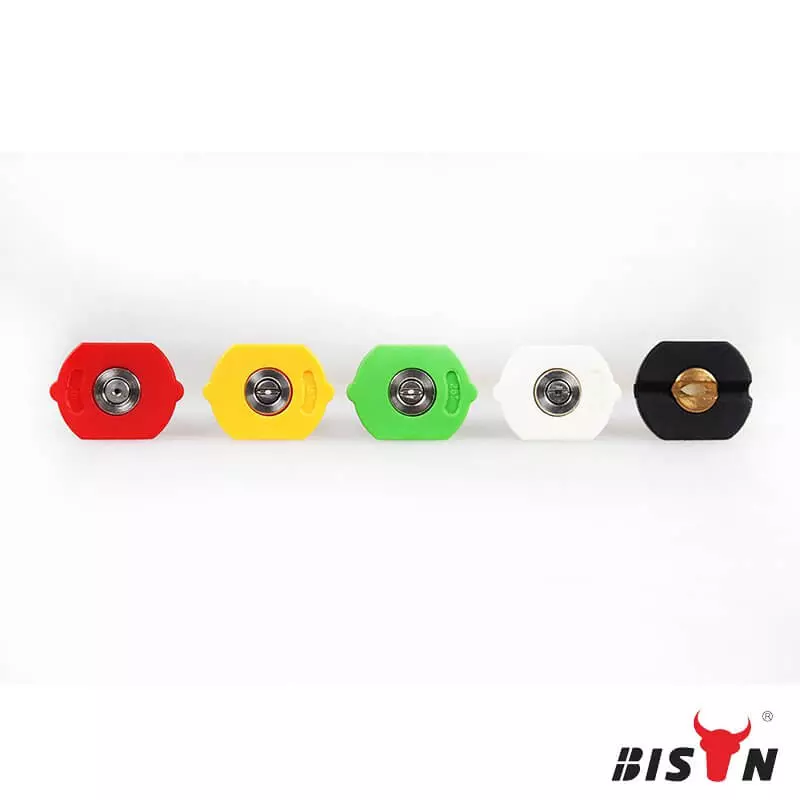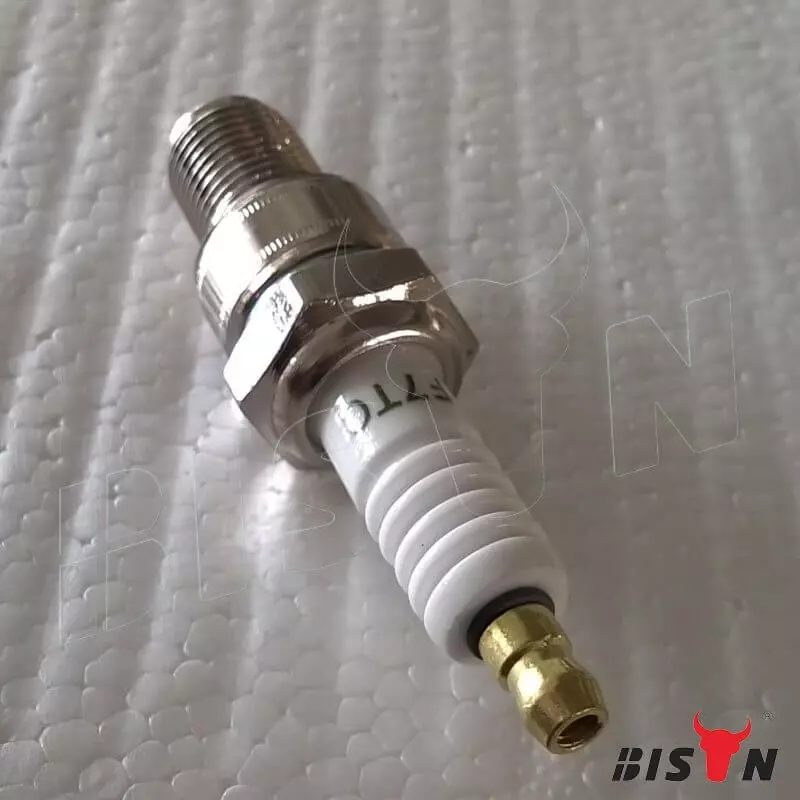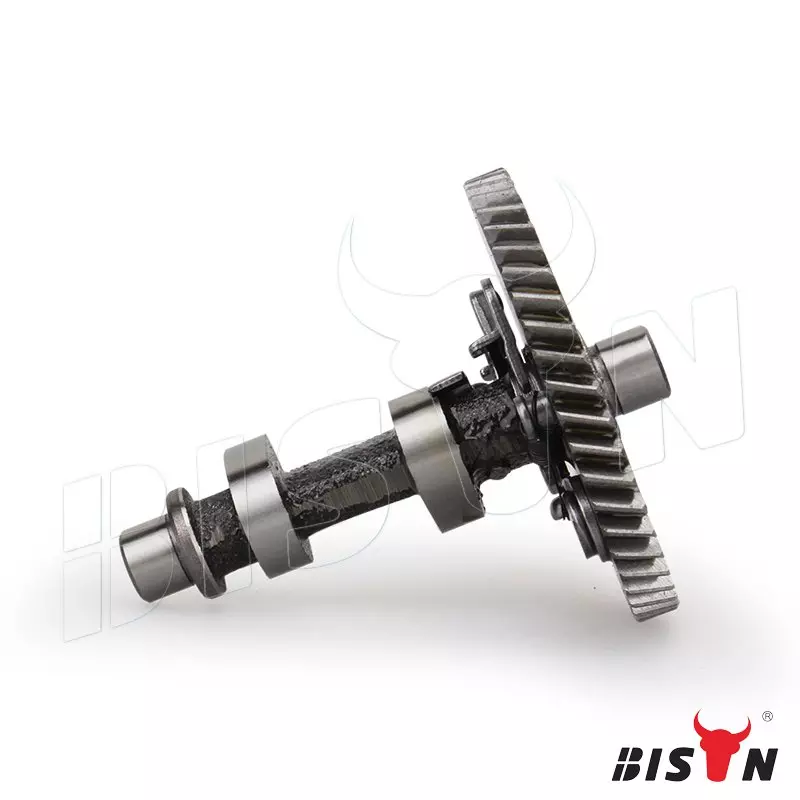

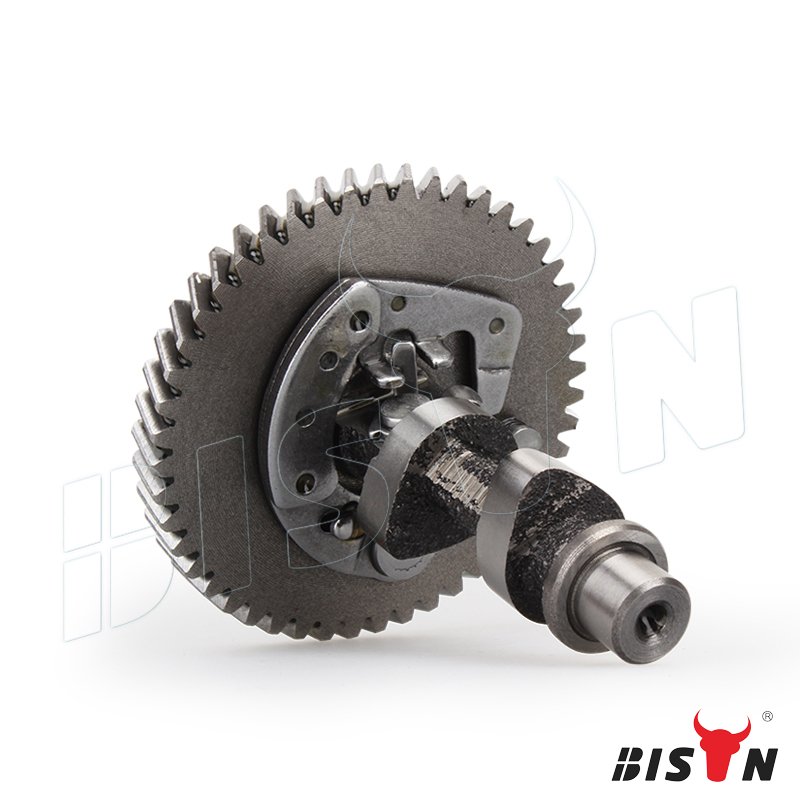
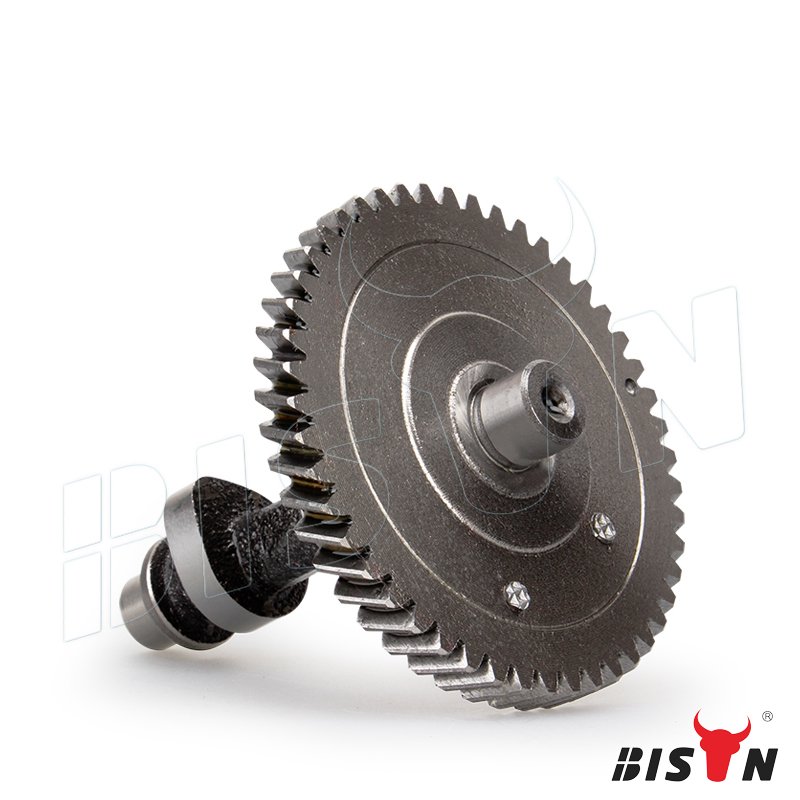
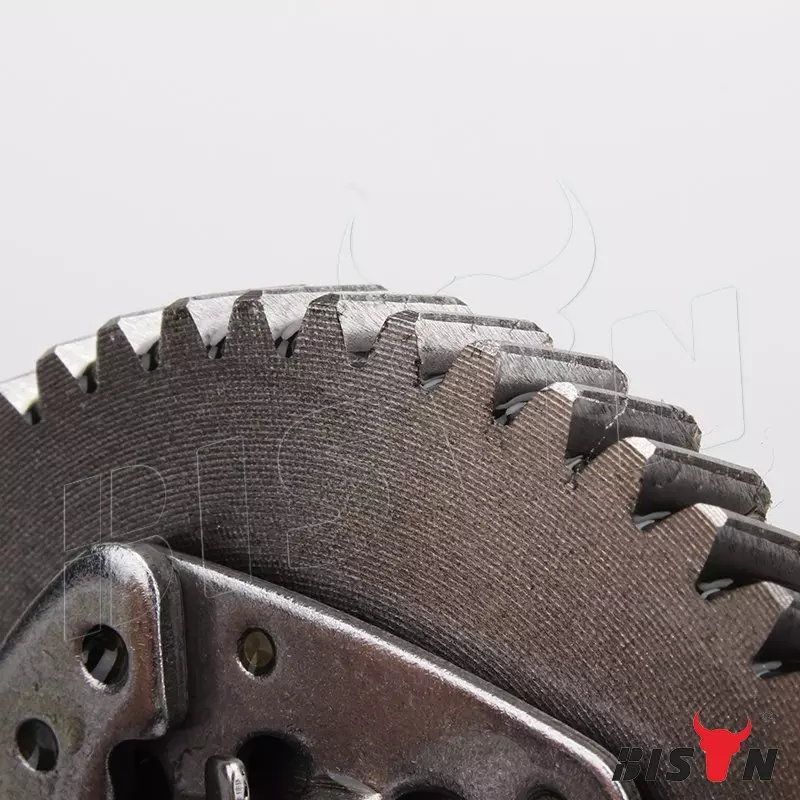

camshaft details
The camshaft is a rod that rotates and slides against the machine to convert rotary motion into linear motion. This movement change is achieved by the camshaft getting closer and closer to the rotating shaft when the camshaft is mechanically pushed. These moving parts of the shaft are cams. The linear distance of movement is called "throwing"
There can be different numbers of camshafts in an engine, depending on its cylinder layout and valve operation. Because each cylinder bank needs at least one camshaft, in-line engines only need one camshaft, while the V-shaped arrangement requires at least two. Some engines use dual overhead camshafts (DOHC), so there will be as many as four in two rows of cylinders.
camshaft Faq
What does a camshaft do?
A camshaft is a metal rod that drives an engine. There are one or more cams, or irregular lobes, that actuate parts of the machine along the rod. As the shaft rotates, the larger parts of the lobes can drive levers or pistons.
What is difference between crankshaft and camshaft?
A camshaft uses egg-shaped “cams” to open and close engine valves (one cam per valve), while a crankshaft converts “cranks” (the up/down motion of the pistons) to rotational motion.
